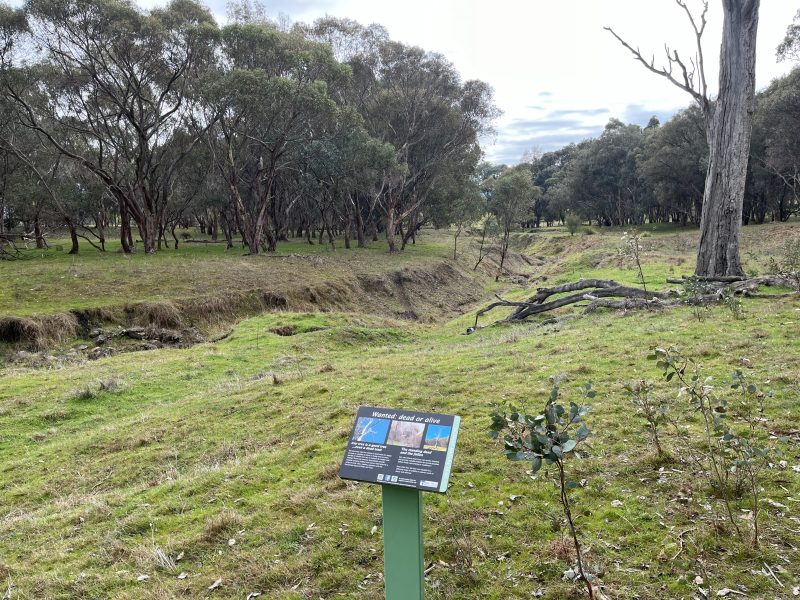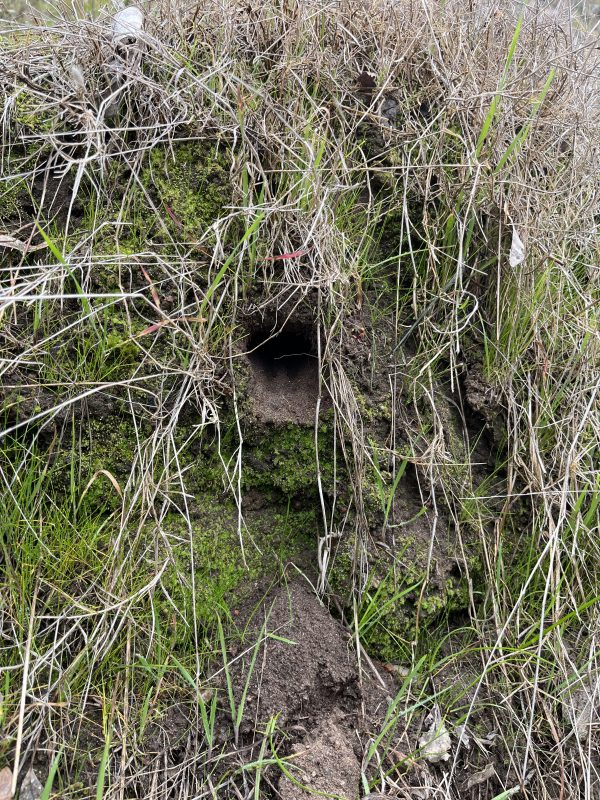The wattles are out in flower! With around 1000 species found throughout Australia, wattles are one of our most recognisable native plants. Its branches have been on our coat of arms since 1912, it is our nation’s floral emblem, and our Olympians and national sporting teams don its colours. Wattles belong to the genus Acacia, which is the largest genus of vascular plants in Australia. But these plants also occur in Africa, Madagascar, the Asia-Pacific region, South America, and into Central America. The flowers of wattle are arranged in inflorescences containing three to as many as 130 individual flowers that are either spherical in shape or longer cylindrical spikes. Although we commonly think of wattle flowers as yellow, they also come in cream, purple, and red! Aboriginal people traditionally used ground wattle seeds for making damper; the gum was a snack food; the leaves, bark, and roots of various species was used to make infusions for illnesses; and the wood has been used to produce spears, boomerangs, digging sticks, coolamons, and clap sticks.

It’s the middle of the breeding season for echidnas in Victoria at the moment and several have been seen in different parks over the last few weeks. Both males and females emit a strong odour which allows males to track down females and during courtship, many males can follow a single female for up to four weeks! Around two weeks after mating, the female will lay a single egg into her backwards-facing pouch which will hatch after 10 days. The tiny embryonic young is known as a puggle and will be carried around in the pouch for around three months, becoming fully weaned by 12 months.

These bright orange mushrooms stand out on an overcast day! You may have seen them at the base of trees or growing out of logs over the past few months. They belong to the genus Gymnopilus which contains over 200 species. This one was spotted along the walking trail at Kiewa River Regional Park.

Signs that spring is on the way are evident at Swainsona Conservation Reserve with young smooth darling peas (Swainsona galegifolia) starting to pop up. These plants are endangered in Victoria and this reserve provides a protected site. They will flower in late spring to early summer with stunning orange flowers, so keep an eye out for them!

It’s not only the living things that are of interest in the parks! Sometimes you might be lucky enough to find some interesting rocks (if you’re into that sort of thing!). Pictured here is an example of black tourmaline crystals in quartz. Black tourmaline (also known as schorl) forms from the cooling and crystalising of either magma or hot, mineral-rich fluids that seep into fractures in existing rocks such as granite, pegmatites, and schist.

There are around 250 carnivorous plant species in Australia and you can find one of them at Castle Creek Conservation Reserve. This sundew traps insects with sticky hairs on its leaves which are then digested by enzymes and absorbed. Sundews can be found on every continent except Antarctica!

While busy with our planting days out at Carrolls Lane this past month, some unusual fungi were spotted. Fungi that grows to produce cup- or saucer-shaped fruiting bodies are collectively known as cup fungi and belong to the family Pezizaceae. Spores are formed on the inside surface of the cup and splash out when raindrops hit it or are blown by the wind. This particular species could be Peziza vesiculosa.


It was a rainy day when a pair of spotted pardalotes (Pardalotus punctatus) were seen coming and going from their nest out along the Wombat Trail at Baranduda Regional Park (you can check out our Instagram page for a video)! These birds make their nest safely at the end of a tunnel in a soil or sand bank, which they line with plant material and down or other soft bits and pieces they find. Both parents help with nest-building and incubating the eggs during breeding season from August through to January.


We are starting to see some of our wildflowers around the reserves with this Australian indigo (Indigofera australis) in flower now at Stringybark Conservation Reserve in Baranduda.







